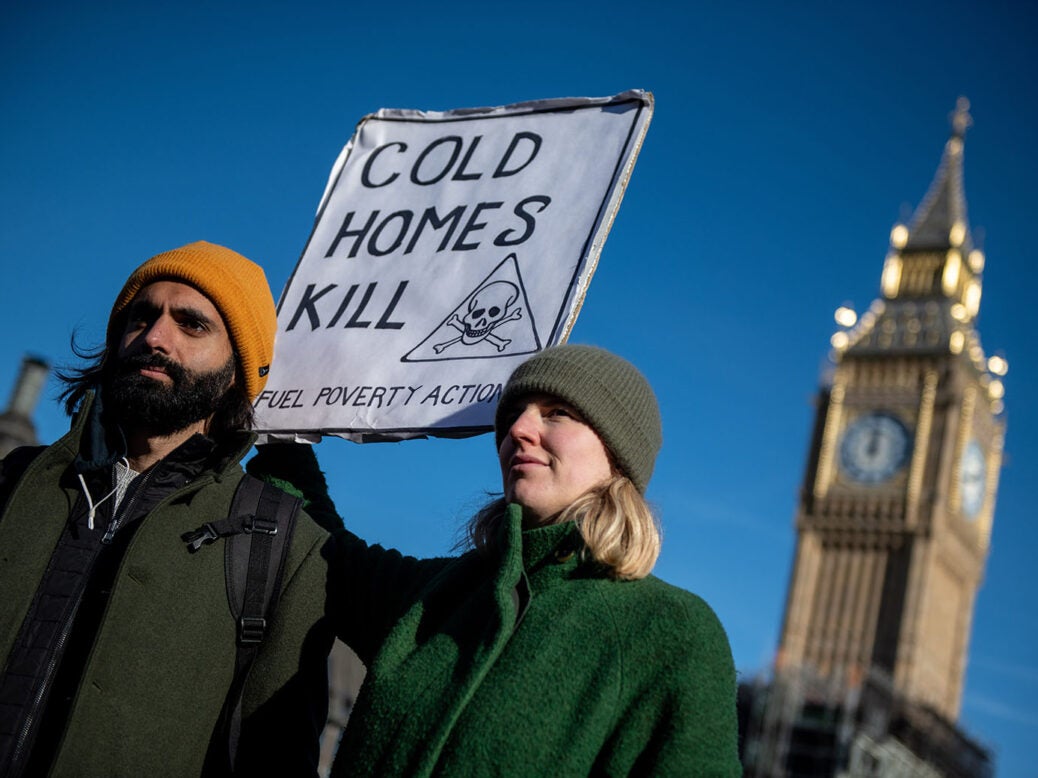
As of 2019, more than three million households were reported to be living in fuel poverty in England, the highest concentrations of which are in Birmingham, Barking, Wolverhampton and Walthamstow.
That three million figure is the highest seen since the recession. Yet it could now be even higher. The latest statistics we have from the Department of Energy and Climate Change are for 2019. Estimates from the End Fuel Poverty Coalition suggest the number of households in fuel poverty in 2022 is significantly greater.
Fuel poverty is defined as when a household is earning less than 60 per cent of an average household’s disposable income, and when the property in which the household resides has an energy efficiency rating of D or lower. In 2019, 27 per cent of households in Birmingham Hodge Hill were estimated to be living in fuel poverty.
[See also: Ground Zero of England’s fuel poverty crisis]
Map fuel poverty by parliamentary constituency and some geographical patterns emerge. Northern and south-western constituencies are far more likely to endure fuel poverty, but so too are London’s inner-city locales, and urban districts more generally. Hodge Hill in 2019 came top for the highest concentration of households in fuel poverty.
But estimates from the End Fuel Poverty Coalition suggest the share of households in the constituency experiencing fuel-based poverty has gone up from 27.4 per cent to 54.5 per cent.
In Barking, too, fuel poverty is estimated to be up from 24 per cent in 2019 to 47.7 per cent in 2022.
Stoke-on-Trent Central is also now estimated to have nearly half of its households living in fuel poverty, up from 24 per cent in 2019.
Generally speaking, the highest rates of fuel poverty impact constituencies represented by Labour MPs. But the 2019 election results upended that trend somewhat. Stoke-on-Trent Central, the constituency estimated to have the third-highest concentration of households in fuel poverty, is now represented by the Conservative MP Jo Gideon.
Jane Stevenson of Wolverhampton North East is also a Conservative MP. She represents a locale in which more than four in every ten households are now estimated to be living in fuel poverty.
Stoke-on-Trent Central and Wolverhampton North East are classed as seats in the Red Wall: an electorally crucial set of constituencies in the north and Midlands won by the Tories at the last general election.